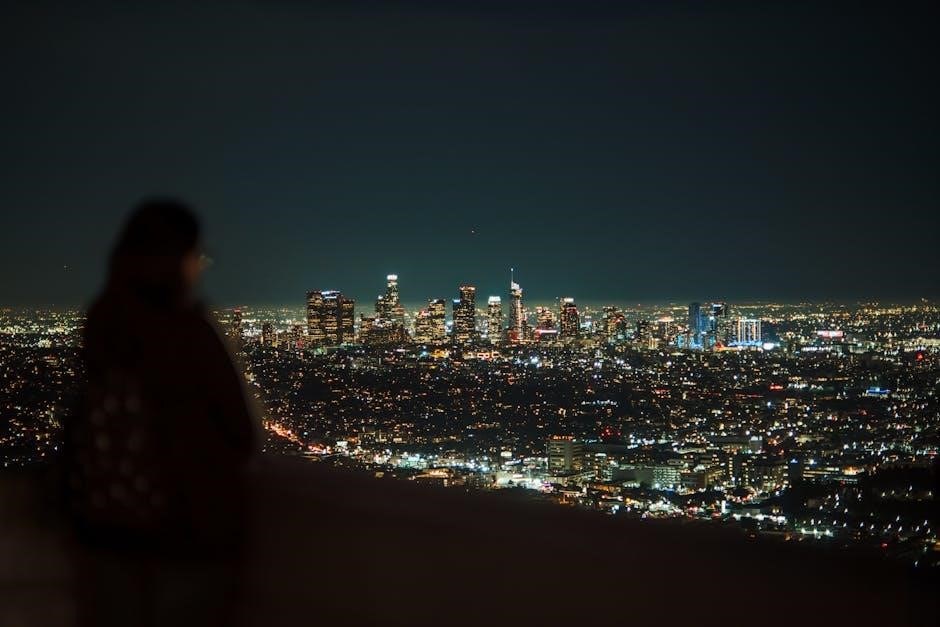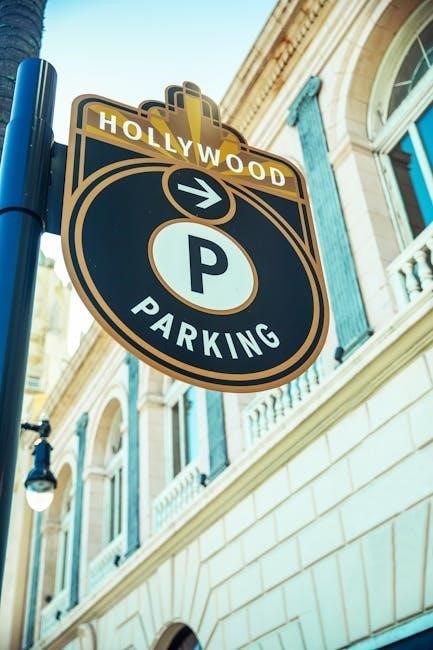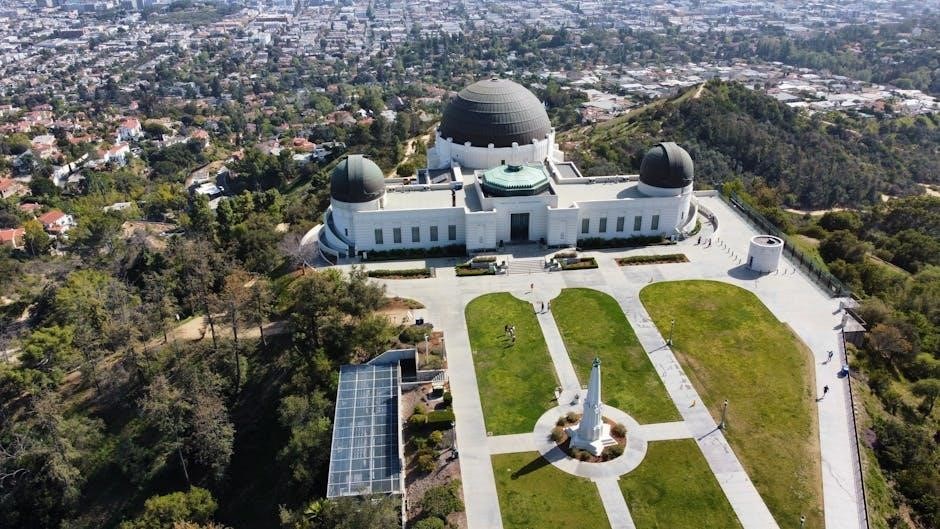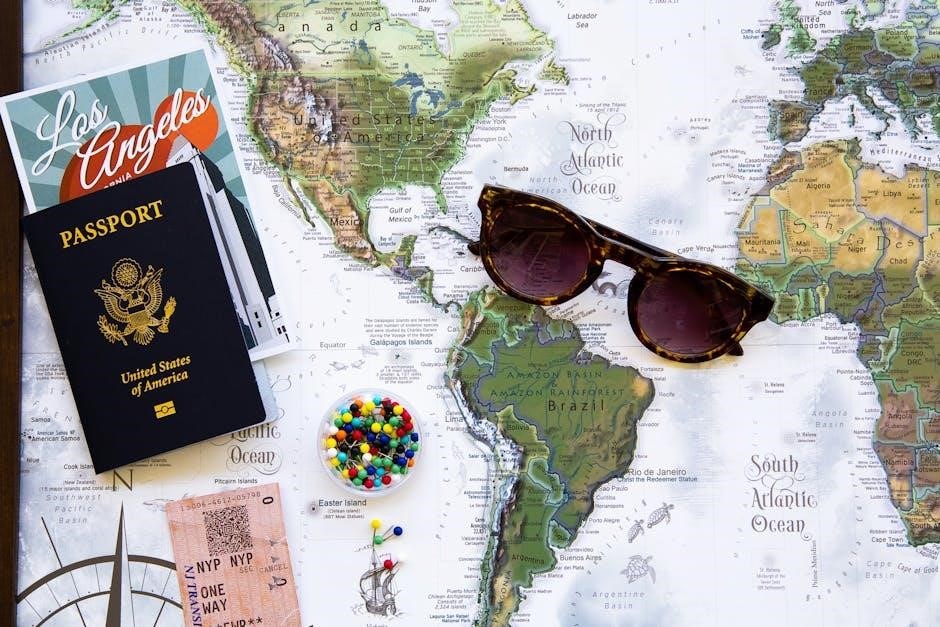Los Angeles TV Guide, August 1969: An Overview
Los Angeles TV Guide in August 1969 offers a snapshot of late 1960s television.
It captured the network landscape,
key programs, and cultural influences.
The guide included schedules and local content, showing TV Guide’s influence then.
Historical Context of Television in 1969
In August 1969, television in Los Angeles was a dominant cultural force, heavily influenced by the major networks ABC, CBS, and NBC.
The era was marked by significant social and political change, including the ongoing Vietnam War and the burgeoning civil rights movement.
Television served as both a mirror and a shaper of these events, bringing news and entertainment into homes across the region.
The late 1960s saw the rise of sophisticated primetime dramas like Mission: Impossible and The FBI, reflecting a growing audience appetite for complex narratives.
The TV Guide provided essential viewing schedules, featuring local content, helping viewers navigate the expanding channel options.
It was a time when television viewing was a shared communal experience.

Network Television Landscape
August 1969 in Los Angeles featured a television landscape controlled by ABC, CBS, and NBC.
These networks offered varied genres, including primetime dramas, shaping viewing habits and reflecting cultural trends.
Dominant Networks: ABC, CBS, and NBC
In August 1969, ABC, CBS, and NBC stood as the titans of television in Los Angeles. These networks commanded the airwaves, shaping primetime entertainment and daytime viewing habits. Their programming choices reflected and influenced American culture. CBS, often considered the “Tiffany Network,” delivered prestige and established shows. NBC, known for its innovation, presented a mix of comedies and dramas. ABC, striving to compete, targeted younger audiences.
The competition among these networks was fierce, each vying for ratings dominance. Their schedules were filled with sitcoms, westerns, and news programs. The TV Guide served as a crucial roadmap for viewers, highlighting the offerings of each network. The programming shaped the national conversation and reflected the social and political climate of the era. These networks were the gatekeepers of information and entertainment.
Popular Genres: Primetime Dramas
Primetime dramas reigned supreme in August 1969, captivating audiences in Los Angeles and across the nation. Shows like “Mission: Impossible,” “The FBI,” and “Ironside” exemplified the genre’s appeal. These series offered sophisticated plots, compelling characters, and suspenseful narratives. Primetime dramas explored themes of justice, espionage, and law enforcement. The production values were high, with meticulous attention to detail in costumes, sets, and special effects.
The popularity of these dramas reflected the cultural anxieties and aspirations of the time. Viewers were drawn to stories of heroism, intrigue, and moral ambiguity. The actors became household names, their performances shaping the public’s perception of law enforcement and government agencies. TV Guide featured these shows prominently, highlighting their storylines and star power. The dramas offered a weekly escape into a world of danger and excitement.

Key Programs and Personalities
The August 1969 TV Guide spotlighted key programs and personalities. Linda Cristal and Leif Erickson graced the cover. Notable shows and events captured viewer attention during this pivotal time in television history.
Cover Features: Linda Cristal and Leif Erickson
The August 23-29, 1969, issue of TV Guide featured Linda Cristal and Leif Erickson, stars of the popular television series “High Chaparral.” This cover appearance highlighted their prominent roles in the late 1960s television landscape. Cristal, known for her portrayal of Victoria Cannon, and Erickson, who played Big John Cannon, were central figures in the show’s success. “High Chaparral,” a Western drama, captivated audiences with its stories of family, ranching, and survival in the Arizona Territory.
Their presence on the TV Guide cover reflected the show’s popularity and their status as recognizable television personalities. The magazine cover served as a testament to their impact on viewers and the cultural significance of “High Chaparral.”
The August 1969 issue gave fans an inside glimpse into their lives and careers.
Notable Shows and Events
The August 1969 Los Angeles TV Guide highlighted a range of notable shows and events. Popular primetime dramas like “Mission: Impossible,” “The FBI,” and “Ironside” were prominently featured, showcasing complex plots and strong characters. The guide also included daytime programming, offering a mix of soap operas, game shows, and children’s programs. Special events, such as televised sports games and made-for-TV movies, were also listed.
The TV Guide provided detailed schedules for ABC, CBS, and NBC, the dominant networks of the time. This included the 1968-69 and 1969-70 seasons, giving viewers a comprehensive overview of what to watch.
The magazine served as a crucial resource for navigating the television landscape. It helped viewers plan their viewing habits during a pivotal time in television history.
Daytime and Primetime Schedules
The August 1969 Los Angeles TV Guide featured comprehensive daytime and primetime schedules. These schedules covered ABC, CBS, and NBC listings, including the 1968-69 and the upcoming 1969-70 seasons for local viewers.
Network Schedules: 1968-69 and 1969-70 Seasons
The Los Angeles TV Guide in August 1969 provided detailed network schedules spanning the 1968-69 and 1969-70 seasons. These schedules offered a comprehensive overview of ABC, CBS, and NBC’s programming, capturing the transition between television seasons. The 1968-69 schedule reflected the tail end of that broadcast year, showcasing returning series and summer programming.
The 1969-70 schedule previewed the new fall lineup, highlighting new series and time slot changes. Viewers could see the shifts in primetime, daytime, and late-night offerings across the networks. The guide included information on specific episodes, guest stars, and special events, giving a glimpse into the upcoming television landscape.
This detailed scheduling was crucial for viewers to plan their viewing habits, showcasing the importance of TV Guide as a source for navigating the network television landscape. The schedules provided a valuable reference point for both casual viewers and dedicated television enthusiasts.

The Influence of TV Guide
TV Guide in August 1969 was influential with its local content and geographic editions.
It helped viewers navigate schedules and provided key information, shaping viewing habits in Los Angeles.
Local Content and Geographic Editions
The Los Angeles TV Guide in August 1969 stands out for its tailored local content. Unlike a generic national edition, this guide provided specific listings for channels available in the Los Angeles metro area. This geographic focus was crucial; Viewers relied on the TV Guide to find accurate schedules for local stations, differentiating it from broader publications.
The guide included listings unavailable elsewhere, making it essential. It served a practical function, helping navigate the broadcast options. The TV Guide’s local emphasis strengthened its position within the community. It resonated with viewers seeking programming information relevant to their region. The inclusion of unique listings enhanced its value and solidified its role as a trusted source.
This local content distinguished the Los Angeles edition. It emphasized its commitment to serving local viewers. This approach resonated with the audience, fostering a connection.

Cultural Impact of Television in the Late 1960s
Television in the late 1960s wielded immense cultural impact, shaping societal norms and reflecting the era’s turbulent changes. The Los Angeles TV Guide from August 1969 serves as a window into this phenomenon. Primetime dramas like “Mission: Impossible” and “The FBI” mirrored Cold War anxieties and the fascination with espionage. These shows influenced fashion, language, and perceptions of law enforcement.
Television offered a shared experience during a time of social upheaval. News coverage of events like the Woodstock festival and the Charles Manson trials brought national events into living rooms. The medium became a powerful force, shaping opinions and fostering dialogues. The variety of programming, from comedies to news, played a significant role.
Television was a source of both entertainment and information. It helped shape the cultural landscape and reflected the changing values of the time.
